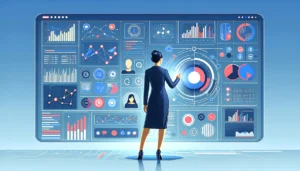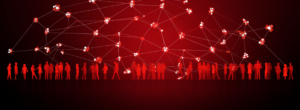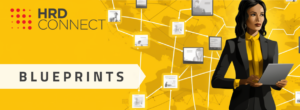The seven reasons why HR teams are investing in analytics
- 2 Min Read
Here are the motives (good and bad) for organisations investing in HR analytics. What’s your reason?
- Author: Owain Thomas
- Date published: Apr 27, 2016
- Categories

Why are HR teams looking at bringing analytics into their decision making?
Perhaps more importantly, why do you and your organisation want to invest in workforce analytics?
Answering this question properly is the key to gaining real value from the process, or potentially failing to realise anything of critical importance.
The investment into HR analytics needs to be made with careful consideration and a clear goal.
However, this is not always the case and as a result it risks becoming isolated or detached and irrelevant to overall business goals.
How Pizza Hut combined HR and marketing to produce market leading results
Speaking at the People Analytics conference IBM Smarter Workforce vice president Jonathan Ferrar explained the seven purposes he had identified for companies to develop HR analytics:
Competitive edge
One global financial services company based in New York told Ferrar: “The reason that we exist is and why every analytical function exists is for the competitive edge.”
Top-down
Sometimes the demand comes from the top of the organisation. The CEO or one of the C-suite asks a question and that triggers the action.
Regulatory
A UK financial services company wanted to focus on the analytics of integrity and conduct as it relates to regulatory compliance.
Operational efficiency
This is a very common approach and can include how different elements of major companies work together to lead to operational efficiencies.
Cost pressures
Ferrar noted this was probably the second most popular area of analytics at present – focusing purely on cost aspects of the business. “I was talking to one head of analytics two weeks ago where they are doing a whole aspect on real estate. In that real estate they are looking at the efficiencies of their buildings from a workforce-workplace point of view,” he said.
Humanistic
Although rarer, analytics practitioners are keen to emphasise that the end results affects people. In some cases analytics work is undertaken to try and improve the work or working environment.
HR for HR
The most common reason for analytics work, and one which Ferrar believes is a problem, is undertaking analytics projects to satisfy requests from other parts of the HR function. Addressing only HR-related requests, such as the return on investment of a training programme, risks ignoring the real needs of the business and what senior leaders need to know.
What has Walmart learned from HR analytics?








